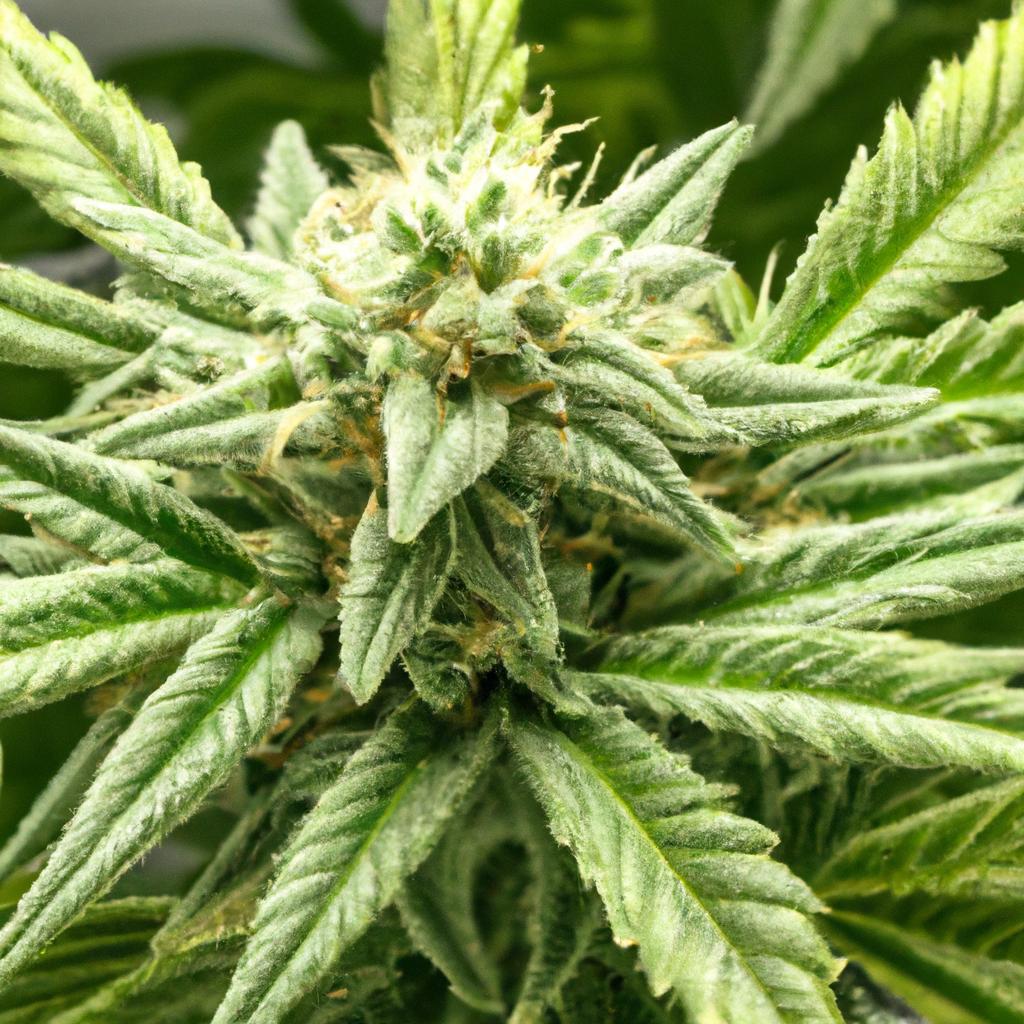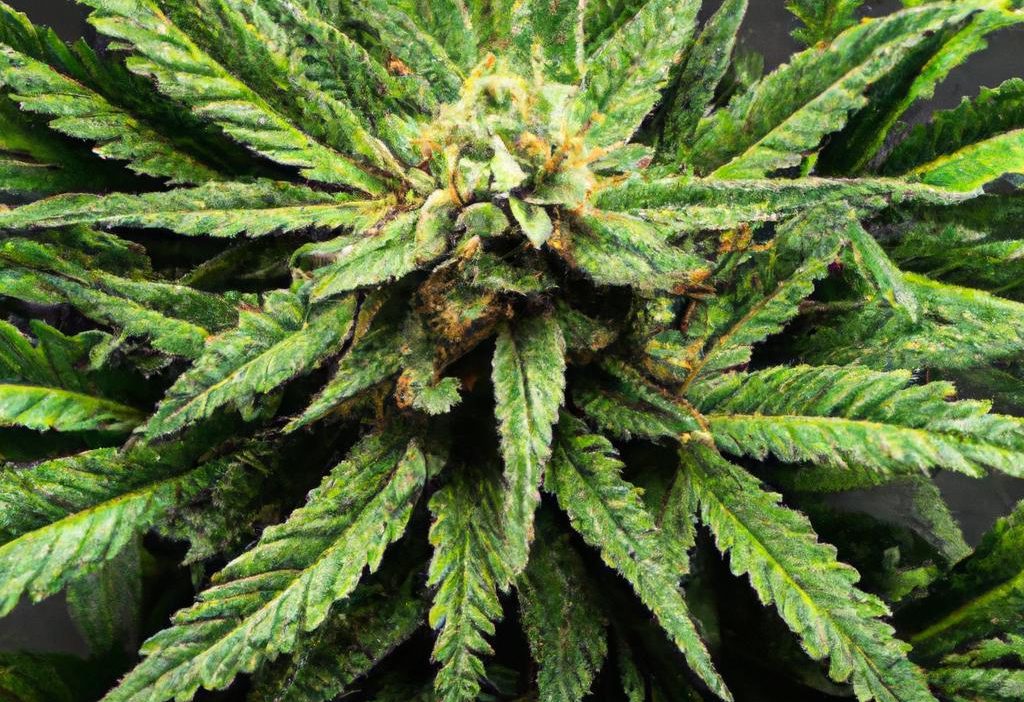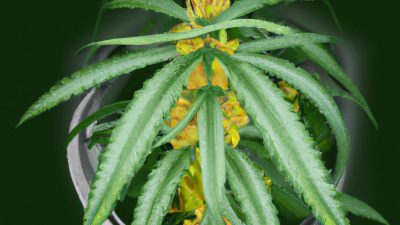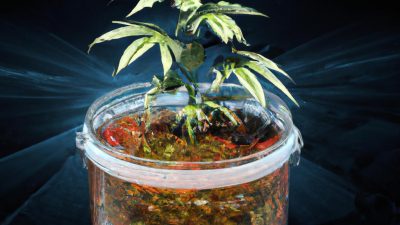
How to Optimize Your R134a System for Terpene Retention
The cannabis industry is continuously evolving with cutting-edge technologies that enhance the quality, safety, and potency of cannabis products. Among thes innovations, R134a extraction systems have risen in popularity due to their efficiency and ability to maintain the delicate profile of cannabis terpenes-a key factor in crafting premium products. In this article, we’ll explore how to optimize your R134a system specifically for terpene retention and how this fits into the broader landscape of cannabis post-processing and technology.
Understanding R134a Extraction and Its Role in Cannabis Processing
R134a (1,1,1,2-Tetrafluoroethane) is a hydrofluorocarbon refrigerant commonly used as a solvent in supercritical and subcritical cannabis extraction processes.The R134a system is valued for its relatively low toxicity, environmental safety, and efficiency in selectively extracting valuable cannabis compounds including cannabinoids and terpenes.
Terpenes are natural hydrocarbons responsible for cannabis’ distinctive aroma, flavor, and therapeutic effects. Preserving these volatile compounds during extraction is crucial to ensuring high-quality end-products such as concentrates, oils, and vape carts.
Why Terpene Retention Matters in Cannabis
- flavor & Aroma: Terpenes define the scent and taste profile of cannabis, influencing consumer preference.
- Therapeutic Effects: Terpenes interact synergistically with cannabinoids, enhancing medicinal benefits through the entourage effect.
- Market Differentiation: High terpene content increases product value and brand reputation.
Key Factors That Affect Terpene Retention in R134a Systems
Optimizing terpene retention requires precise control of extraction parameters specific to the properties of R134a as a solvent. Here are the main variables to manage:
| Factor | Effect on Terpene Retention | Optimization Tip |
|---|---|---|
| Temperature | High temperatures degrade volatile terpenes | Maintain low to moderate extraction temperatures (below 40°C) |
| Pressure | Affects solubility and selectivity of extraction | Optimize pressure for selective terpene extraction (between 700-1200 psi) |
| solvent flow Rate | Too fast flow may reduce extraction efficiency; too slow may cause degradation | Find a balanced flow rate to maximize terpene recovery |
| Extraction Time | Overextraction can lead to terpene loss and chlorophyll contamination | Limit extraction times; monitor closely to avoid overexposure |
practical Tips to Maximize Terpene Preservation in Your R134a Extraction System
Follow these actionable strategies to enhance terpene retention during your cannabis extraction process:
1. Maintain Precise Temperature Control
Implement reliable cooling systems and temperature sensors to keep your extraction habitat steady and cool. Since terpenes vaporize at relatively low temperatures, keeping extraction temperature below 40°C minimizes terpene degradation.
2. Fine-Tune Operating Pressure
R134a’s solvency properties are pressure-dependent. Experiment with pressure settings between 700 to 1200 psi to find the sweet spot that maximizes terpene solubility without pulling unwanted compounds.
3. Optimize Solvent Flow Rate and Volume
too rapid solvent flow may result in suboptimal terpene extraction, while insufficient flow may overexpose material to heat. Use flow meters to calibrate your system and maintain consistent solvent cycling.
4. Implement Short Extraction Cycles
Shorter extraction cycles help protect terpenes from prolonged heat or oxygen exposure. Consider split extraction runs or staged processing to collect fractions rich in terpenes first.
5. Use Inline Terpene Fraction Collection
Incorporate fraction collectors or cold traps post-extraction to isolate terpene-rich fractions and prevent terpene loss during downstream processing.
6. Integrate Post-Processing Cooling and Storage
promptly cool extracts after collection and store them in airtight,inert containers at low temperatures to prevent terpene degradation over time.
case Study: Improved Terpene Profiles Through R134a Optimization
“By adjusting extraction temperature from 50°C down to 35°C and reducing extraction time by 25% in our R134a system, we saw a 30% increase in total terpene content measured via GC-MS. This resulted in cannabis concentrates with noticeably richer flavor and aroma, leading to higher customer satisfaction and repeat sales.” – A Cannabis Extraction Facility Manager
How Optimizing R134a Extraction Fits Into the Cannabis Post-Processing Landscape
As the cannabis industry matures, quality demands and consumer expectations for flavor and experience rise.Optimization of R134a extraction for terpene retention is a perfect example of how precision cannabis processing technology evolves to meet these needs.
When combined with advanced post-processing methods like distillation, winterization, and chromatographic refinement, the R134a extracted terpene-rich fractions can deliver consistent, clean, and aromatic products across the cannabis supply chain-from raw biomass to finished goods.
Summary: Benefits of Optimized R134a Systems for Terpene Retention
- Enhanced Product Flavor & Aroma: Retains natural cannabis terpenes for premium sensory quality.
- Improved Therapeutic Potency: Maximizes the entourage effect by preserving bioactive terpenes with cannabinoids.
- Greater Extraction Efficiency: Precise parameters reduce waste and increase yield of valuable compounds.
- Competitive Market Position: High terpene content differentiates brands and can justify premium pricing.
Conclusion: Unlock the Full Potential of Your Cannabis Extracts
Optimizing your R134a system to prioritize terpene retention is a key step in elevating cannabis extraction outcomes, yielding products that captivate consumers with authentic flavor and powerful therapeutic effects. Through careful control of temperature, pressure, solvent flow, and extraction time, producers can harness the full spectrum of cannabis terpenes, fostering innovation and quality in cannabis science and post-processing workflows.
Interested in upgrading your cannabis extraction process? Focus on terpene preservation using these R134a optimization strategies to set your products apart in a competitive and dynamic market.





